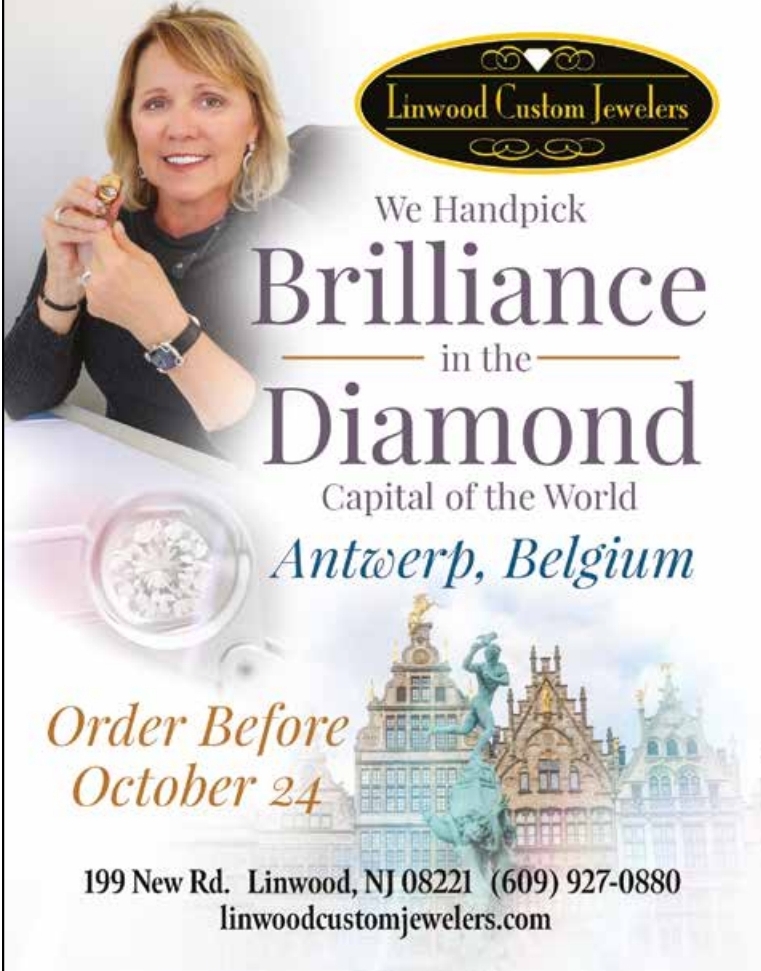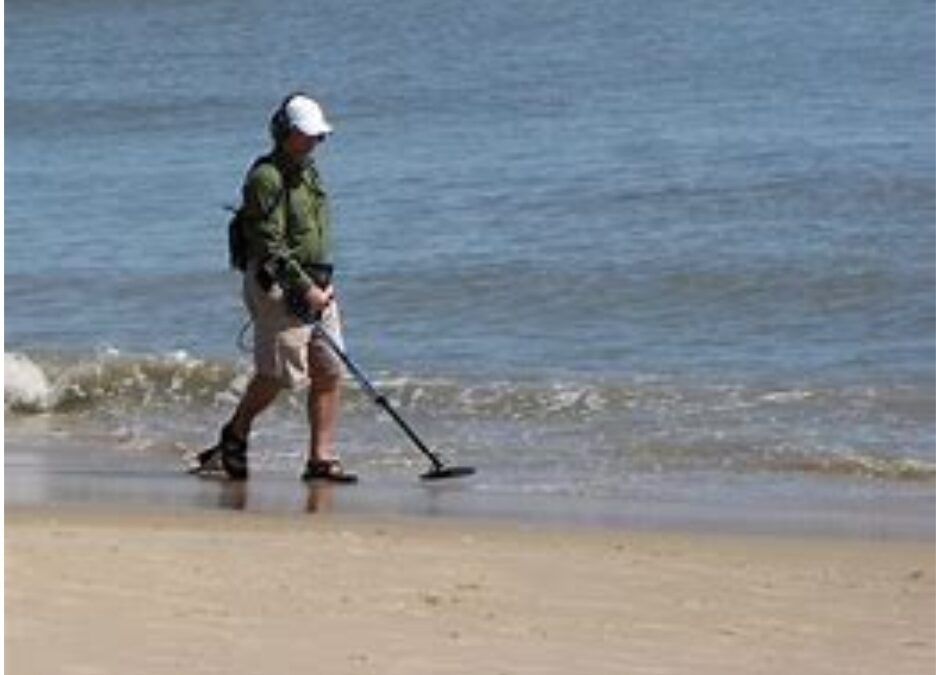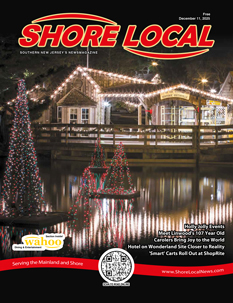Treasure hunting can take many forms, from simply walking along to using sophisticated devices such as metal detectors. Many times, Linda and I have come across money lying in the street, ranging from a few coins to $20 bills.
Attending yard sales, flea markets and estate sales is another kind of treasure hunting, with the hope of finding something the seller doesn’t realize has value — such as real gold jewelry in a 50-cent box. Even dealers in collectibles can miss things and sell items for less than they’re worth. It even happened to me once when we sold a proof set missing a mint mark, a known variety that we failed to look for. We sold it for a few dollars, but it was worth several hundred. Nobody’s perfect — so hunt on.
I’ve often written about how important it is to pay attention to the coins and bills that pass through your hands. Errors and mistakes can increase the value of currency and become treasures in their own right.
Treasure hunting with a metal detector can also be rewarding if luck is on your side. Many items have been lost or buried in the ground, waiting for someone to discover them. Our region is especially ideal for treasure hunting, with its extensive beaches and settlements dating back to the 1600s — plenty of time for things to be lost or misplaced.
Not only do summer visitors leave behind coins and jewelry, but for centuries ships have wrecked offshore, with treasures washing up on our beaches. Old towns, houses, schools and fairgrounds are also ripe with history. I remember when collecting old hand-blown bottles was the craze. People would search old properties to find dumping grounds — before organized trash collection in the 1800s, people simply hauled refuse to the far end of their property. Over time, these dumps were covered, and metal detectors helped locate them by detecting discarded metal. South Jersey once had a thriving glass industry, and before 1900 all bottles were hand blown. Some bottles from that era now command thousands of dollars — not a bad return for something once considered trash.
I’ve also had my share of luck beachcombing. More often than not, the results are just a few coins. Still, being out in the fresh air is its own reward, and over time my finds have added up. One of the best was a one-carat diamond ring in an antique platinum setting I found on a beach in the Cayman Islands, in a spot not used by the public. It was about eight inches down, meaning it had been there a long time.
A recent local story I heard involved someone who found a coin with a metal detector at an old homestead. Its value was in the tens of thousands of dollars. Unfortunately, after more than 200 years in the ground, the coin had suffered some damage from soil acid. Even so, it remains a valuable treasure.
Douglas Keefe and his wife Linda are owners of Beachcomber Coins and Collectibles in Egg Harbor Township. It is their only location.

















